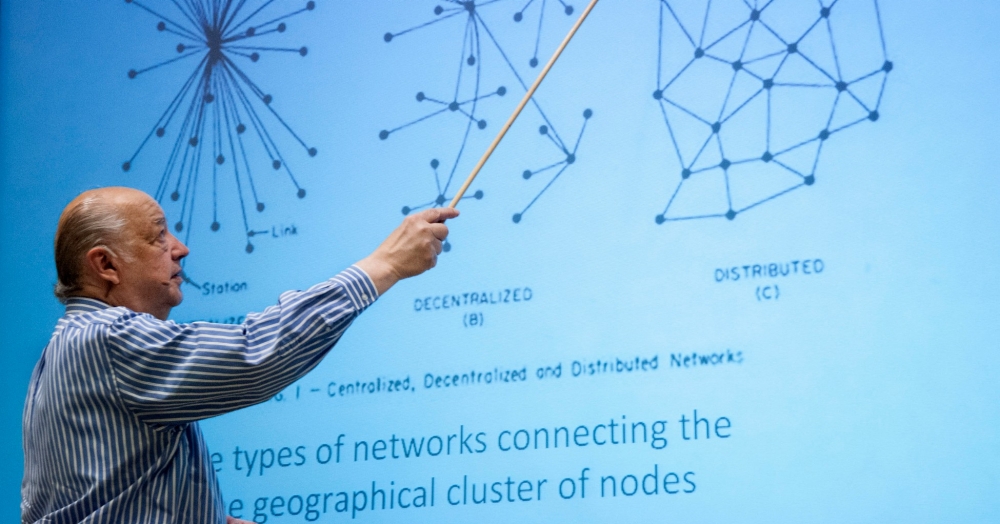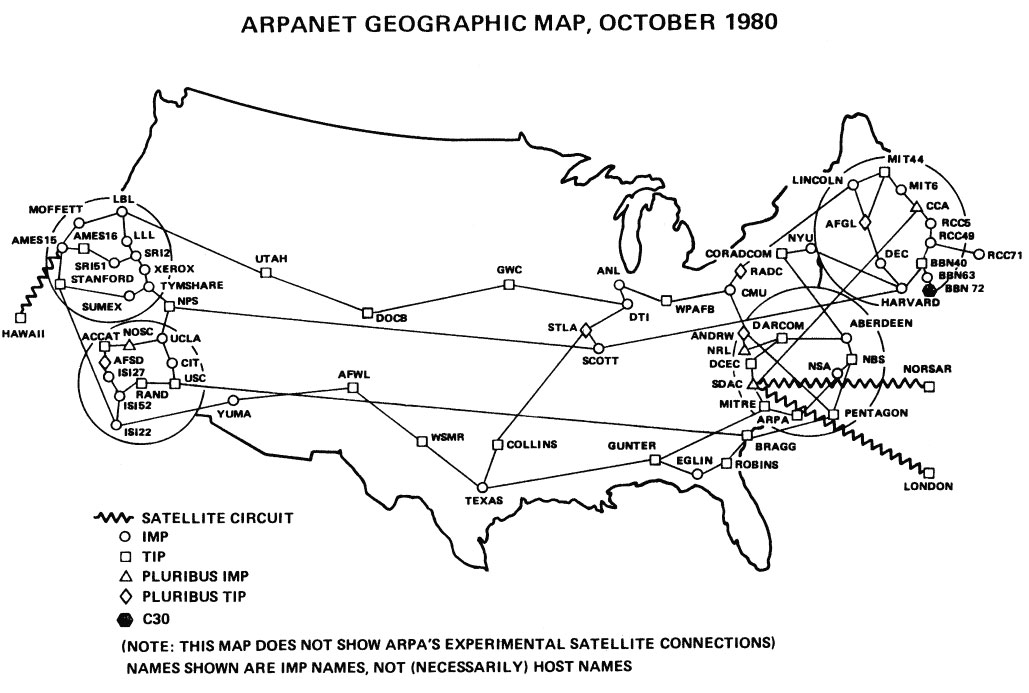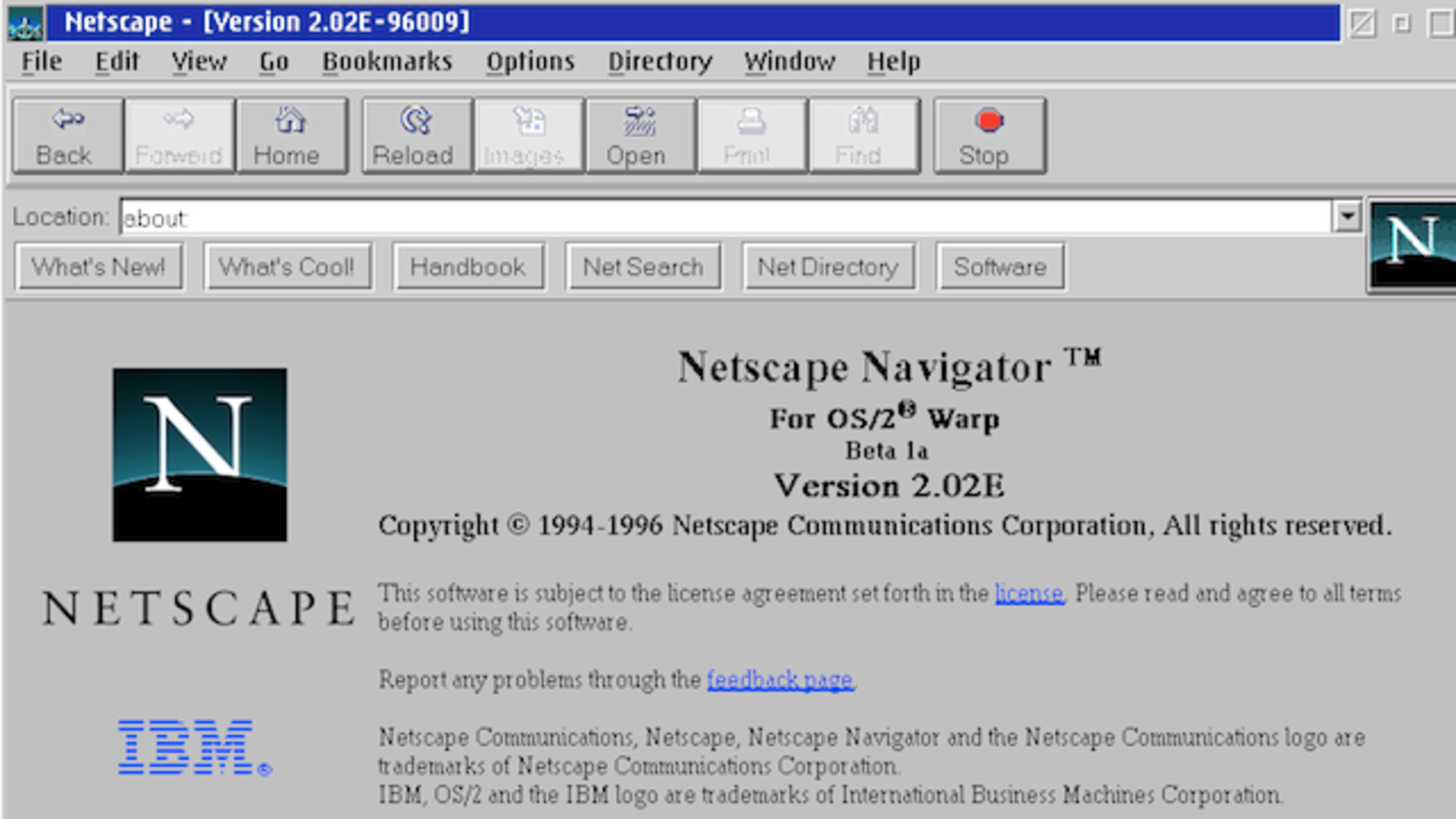We can name the creators of the steam engine, the airplane, or the cinema. However, many brilliant scientists and teams of entire universities took part in the creation of the Internet. The technology developed rather slowly, so in different years a variety of people contributed to the formation of the “global web”.
Like most other advanced technologies for its time, the Internet appeared as a military development. The first attempts to create a wireless communication tool began at the height of the Cold War. The US leadership was concerned about the success of the USSR in space exploration. According to a number of American military experts, space technologies would make the Soviet Union absolutely invulnerable in the event of an armed conflict. Therefore, immediately after the successful launch of the Soviet Sputnik-1 in 1957, the development of a new system for data transmission began in America. All research was carried out under the auspices of the US Department of Defense and was kept in the deepest secret. The technical departments of the best universities in the country took part in the creation of the new technology.
In 1962, an employee of the University of Massachusetts, who part-time worked in the US Department of Defense Advanced Research Projects Agency (ARPA), Joseph Licklider, proposed his solution to the problem. Licklider believed that communication could be done through computers. Under his leadership, in the 1960s, work began on a project called ARPANET. It was planned that messages in such a network would be transmitted in their entirety, but such a transmission had several serious flaws: the impossibility of interaction of a large number of users, high cost, inefficient use of network bandwidth, inability to function normally when individual network components were destroyed.
To eliminate these shortcomings, a scientist from the University of California, Paul Baran, began to work. The result of his work was a new way of transmitting information - packet switching. In fact, each message was divided into several packets, each of which went to the addressee through its own channel. Thanks to this technical solution, the new data transmission network became practically invulnerable.

At the end of 1969, a historic event took place - the first message was transmitted over the ARPANET. The communication session was carried out between the California and Stanford universities and was crowned with success only on the second attempt. It took an hour and a half to transmit the short word "login" over a distance of 640 km. At that time, only 4 computers were connected to the network, located at different universities in America. By the early 1970s, e-mail was established, allowing messages to be exchanged within the network. And at the same time, the Internet ceased to be exclusively an American system. Universities of Hawaii, Great Britain and Norway have joined the network. As the number of computers on the network grew, their interaction became increasingly slow and out of sync.

Another scientist who worked at ARPA, Winston Cerf, took up the integration of computers into a single network. Cerf developed two protocols:
- transmission control protocol (TCP);
- and an optional internet protocol (IP).
Thanks to the joint work of the two protocols, it became possible to establish communications between many computers located around the world.
Internet before WWW
In the 1980s, ARPANET was already a fairly convenient tool with which universities, research laboratories and institutes could communicate with each other. In 1984, the domain name system came into being. Each of the computers included in the network was assigned its own domain name. Over time, this system has changed: the domain has become just an integral part of many email addresses, and not the name of a specific device. For convenience, user and domain names began to be separated from each other by the @ symbol. Later, a new way of communicating on the network appeared: computer owners could not only send files to each other, but also communicate in real time in special chat rooms.

In order to simplify the exchange of e-mail in 1991, the first corresponding program appeared. However, all this time the Internet remained only a set of channels for transmitting data from one computer to another, and only leading scientists in Europe and the USA used it. The revolutionary decision that made the Internet available to all computer owners was the emergence and further development of the WWW system.
The advent of the WWW
In the early 1990s, the English physicist and programmer Tim Berners-Lee began work on an open system that would allow various data to be placed on the network in such a way that any user could have access to them. It was originally planned that this system would allow physicists to exchange the necessary information. Thus, the well-known global network, the World Wide Web (WWW), appeared. To place and search for data in the digital network, it was necessary to create additional tools:
- HTTP data transfer protocol;
- the HTML language, thanks to which it became possible to design websites;
- The URI and URL that could be used to find and link to a particular page.
The very first website in the world was created in August 1991 by Berners-Lee himself. On the page with the address info.cern.ch, the creator of the global network described the new data placement system and the principles of its operation.
 Netscape Browser
Netscape Browser Over the next five years after the creation of the WWW, 50 million users joined the network. To facilitate Internet surfing, a browser was developed - Netscape, which already had the functions of scrolling and following hyperlinks. The first search engine was Aliweb, which was later replaced by Yahoo!. Because the speed of the Internet was very slow, the site creators could not use a large number of pictures and animations. The first sites were predominantly text-based and were rather inconvenient for users. For example, in order to follow a hyperlink, the user had to type on the keyboard the serial number of this hyperlink, indicated in square brackets.
In 1992, America passed a law allowing the use of the Internet for commercial purposes. After that, all large companies began to acquire their own websites. Pages sprang up with the help of which it was possible to reserve a table in a cafe, order food or buy something from consumer goods. Many major magazines and newspapers began posting their issues on the Internet. To get access to such an electronic publication, one had to buy a subscription.
A new milestone in the digital revolution was the emergence of social networks that allowed people from all over the world to communicate.
In Russia, the introduction of Internet technologies began in 1990, and in 1994, the domain.ru appeared. Initially, Russian sites, as well as American ones, were mainly devoted to advanced technological developments and news from the world of science. The very first domestic site was a catalog of English and Russian-language resources located at 1-9-9-4.ru.



